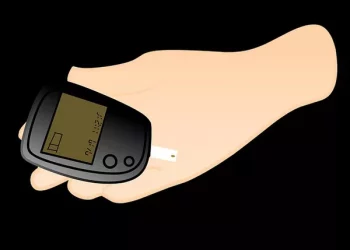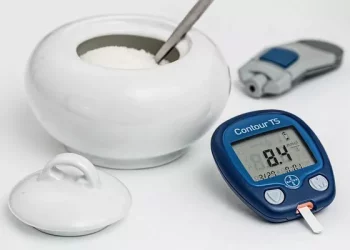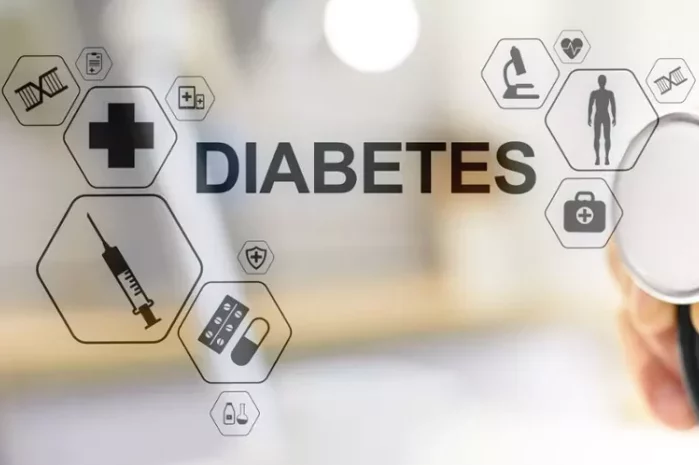Researchers at the University of Tokyo have developed an innovative, noninvasive method to monitor blood glucose regulation, which could revolutionize the early detection of diabetes. The technique leverages continuous glucose monitoring (CGM) technology—wearable devices that track glucose levels in real-time. The team believes this approach could offer a more accessible and cost-effective alternative to current diabetes diagnostic methods, which often require expensive blood tests and complex lab procedures.
Published in Communications Medicine, the study demonstrates that CGM-derived indices are effective tools for predicting glucose metabolism in individuals without a prior diabetes diagnosis. Additionally, the researchers have created a user-friendly web application that calculates these CGM-based indices.
“The conventional diabetes tests, although useful, fail to capture the dynamic nature of glucose regulation under normal conditions,” explained Shinya Kuroda, a professor at the University of Tokyo’s Graduate School of Science and co-author of the study.
The research, led by Hikaru Sugimoto from the Department of Biochemistry and Molecular Biology, reveals the global urgency of early diabetes detection. With one in nine people worldwide affected by diabetes, and nearly 40% of them unaware of their condition, the ability to spot early signs of glucose irregularities is crucial in preventing or delaying the onset of type 2 diabetes, the most prevalent form of the disease. However, traditional diagnostic methods—relying on intermittent blood tests—often miss early-stage indicators of the disease.
CGM has emerged as a highly effective tool for capturing glucose fluctuations in real-time under normal physiological conditions. The team aimed to identify a method to estimate glucose handling capacity using CGM data, without the need for invasive testing.
To test their method, the researchers analyzed data from 64 individuals with no previous diabetes diagnosis. Using CGM devices alongside oral glucose tolerance tests (OGTT) and clamp tests to measure insulin sensitivity, they discovered that a key index, AC_Var—representing glucose-level fluctuations—strongly correlates with the disposition index, a known predictor of future diabetes risk. Furthermore, their CGM-based model, which combines AC_Var with glucose standard deviation, outperformed traditional diagnostic indicators like fasting blood glucose, HbA1c, and OGTT in predicting the disposition index.
“Our analysis of CGM data using this new algorithm allowed us to identify individuals with impaired glycemic control, even when they were considered ‘normal’ by conventional tests,” said Kuroda. “This provides a potential to detect issues at an earlier stage, enabling timely preventive measures before diabetes develops.”
The method also proved superior in predicting diabetes-related complications, such as coronary artery disease, compared to traditional diagnostic tools. To enhance accessibility, the research team has developed an online tool that enables both healthcare providers and individuals to easily compute these CGM-based indices.
“We aim to provide an accessible, practical tool for widespread diabetes screening,” Kuroda concluded. “By enabling earlier detection of glucose regulation problems, we hope to reduce the onset of diabetes and its associated complications.”
Related topics:
Study Links Gestational Diabetes to Increased Risk of ADHD in Children
How to Support Your Child After a Type 1 Diabetes Diagnosis
Revolutionizing Diabetes Management with Advanced Data and Analytics


























